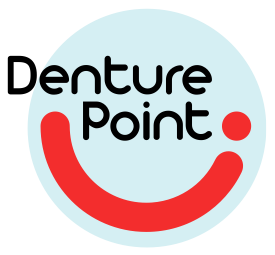Post Extraction Instructions
On the day of extractions ask someone to drive you home if possible and have a rest after when you get there.
Pain: do not wait for the pain to set in, start taking the painkillers immediately afterwards. Non-aspirin type of medication such as Ibuprofen would be best to take as they won’t thin your blood. The pain that persists for up to a week and then gradually disappears is considered normal. The pain that starts to get worse after two days is considered abnormal and could indicate dry socket.
Bleeding: some bleeding after extractions is to be expected. It is normal for saliva to be slightly streaked with blood or tea stained looking for 1-2 days. If persistent bleeding occurs, place moist gauze pads over bleeding area and bite down for half an hour. If bleeding still persists call your dentists for advise.
Swelling: some swelling is normal and should not cause alarm. An ice bag wrapped in a towel can be applied to the swollen area.
Food/Diet: stick to a liquid or soft food diet for the first day or two. Avoid drinking with straws for the first few days as this can result in bleeding and delayed healing. Avoid blowing through nose as these actions create a negative pressure which may cause bleeding.
Bony edges: small sharp bone fragments may work up through the gums during healing. If you are wearing an immediate denture that may cause quite a lot of discomfort. If annoying, call your dentist or dental prosthetist for advise.
Sutures: Dissolvable sutures should dissolve in 7-10 days. Non-dissolvable will need to come out in two weeks.
Dry Socket
Do not rinse your mouth straight after the surgery. Let the blood clot form.
24 hours after the extraction rinse your mouth very gently with warm salty water but do not spit out forcefully. Make sure that the water removes any bits of food around the area where the tooth is missing after every meal.
Brushing: take care not to dislodge the blood clot when brushing near and around the extraction site for the first 3-4 days.
Smoking/alcohol: if you smoke it is advised that you do not smoke for the first 48 hours. Smoking will delay healing. Avoid alcohol for 48 hours as well.







